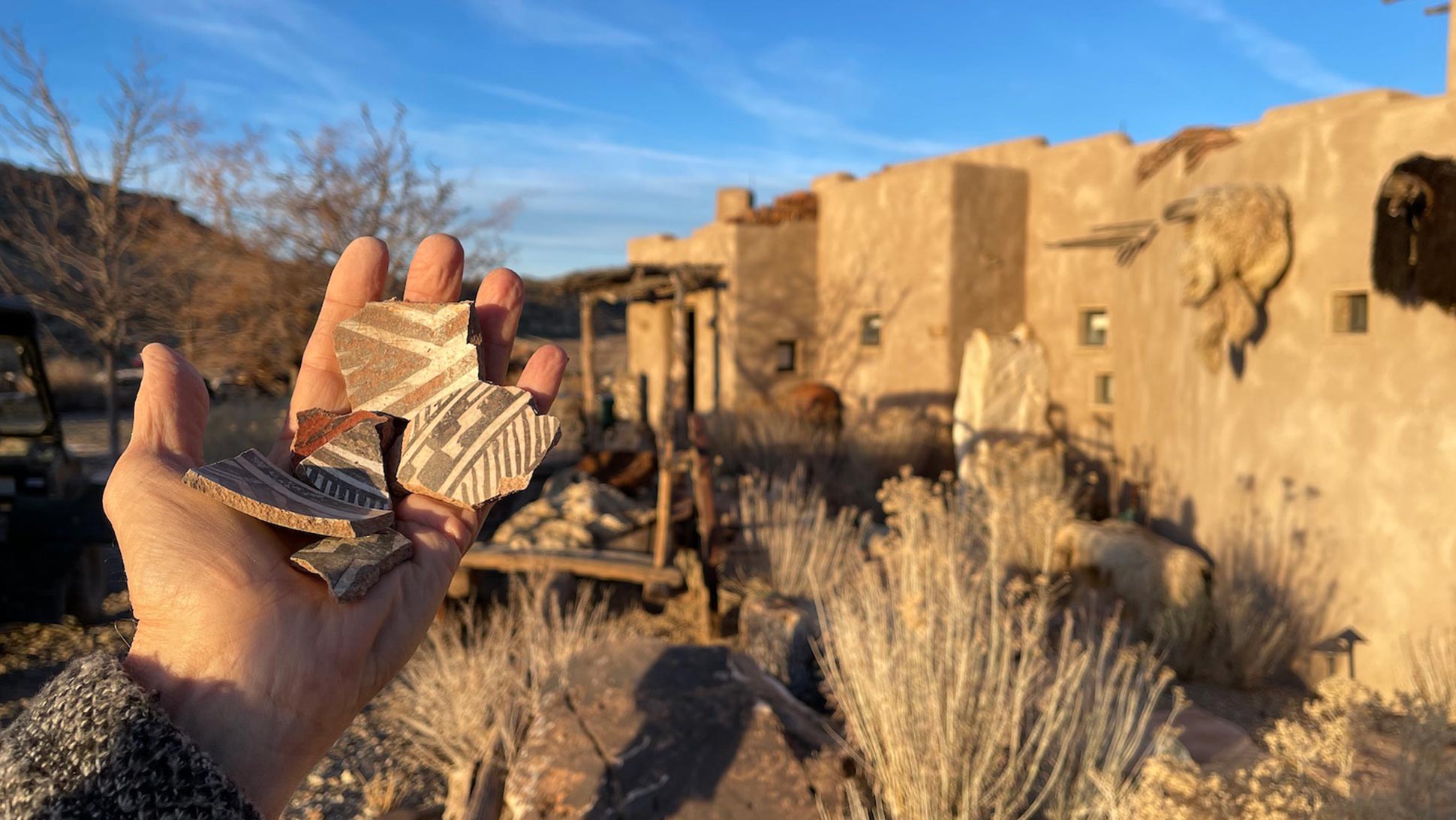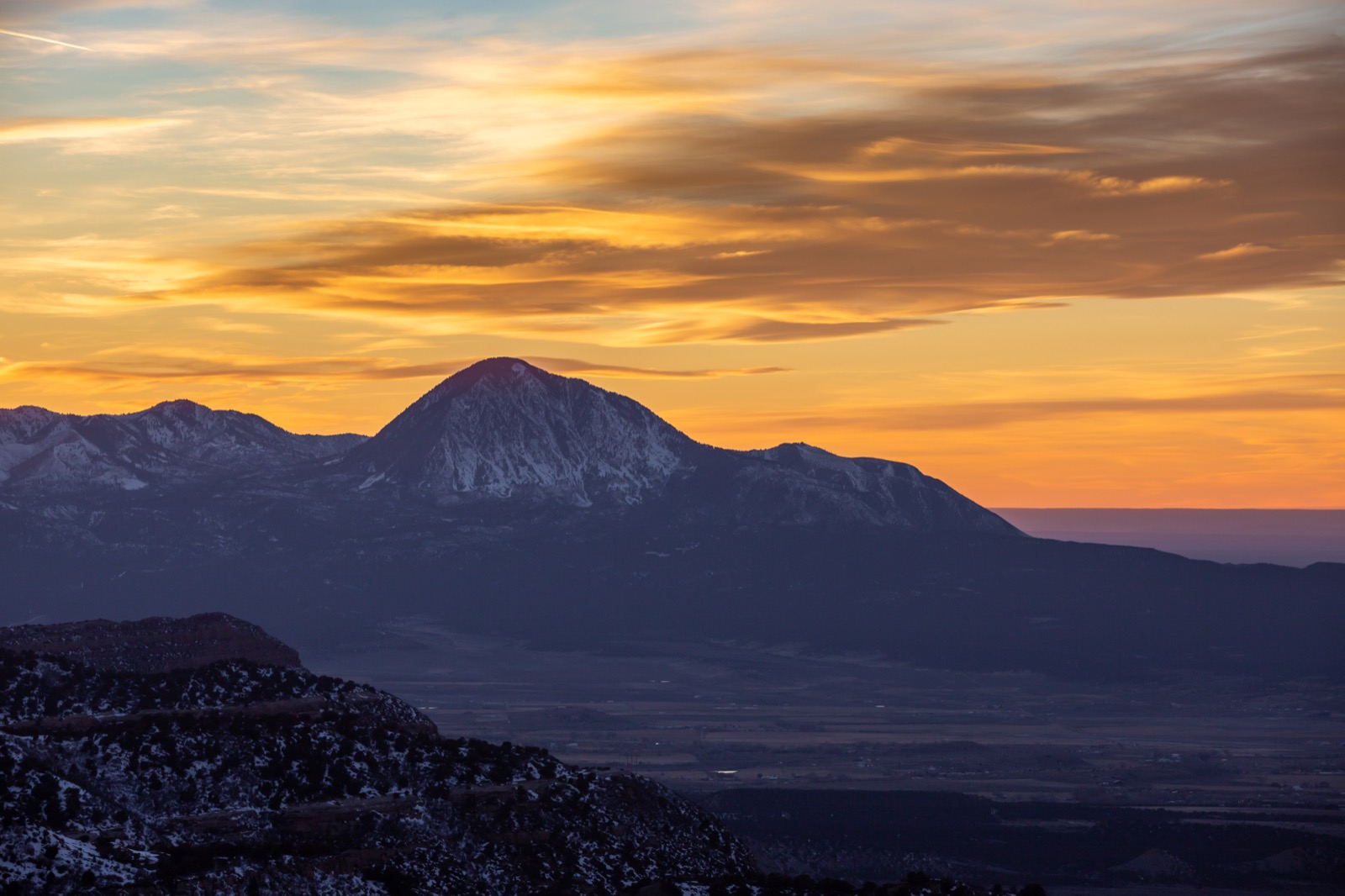By Diane McBride
I was hiking as I often do across the high-desert landscape near my home in Southwest Colorado when I came upon a cultural (archaeological) site. Montezuma County can boast over 24,000 recorded sites and even more that have not been recorded. I looked down and noticed the usual array of flakes from making stone tools and pieces of pottery broken and left here long ago.
I then realized that I saw only gray and corrugated utilitarian pottery sherds. Scanning closer, I finally found 6 pieces with paint on them. The others had “walked away” with previous visitors to the site because they were deemed to be prettier than the plain ware. I wanted to cry. These artifacts exist here to tell the story of this place: When did people live here? How did they prepare their food? Were they making more bowls than jars? Was the paint mineral or vegetal? These small details provide tremendous insights into the lives of those who lived here.
Removing these small pieces from the landscape erase history. They are non-renewable resources that often travel the world with well-meaning people who desire a souvenir or talisman of their trip here. They stay on a mantel, get stored in a shoebox, get thrown out by grandchildren when cleaning out the family home. Not only can we learn about the past from these vestiges left behind but, for those who are descendants of those who made them, taking the artifact feels like robbery. These places are still alive with the spirits of their ancestors. These artifacts do not represent my history, but we all can share in the continuum of cultures that have lived on or visited this place by leaving things as we find them so that future generations can enjoy and learn from them, too.






